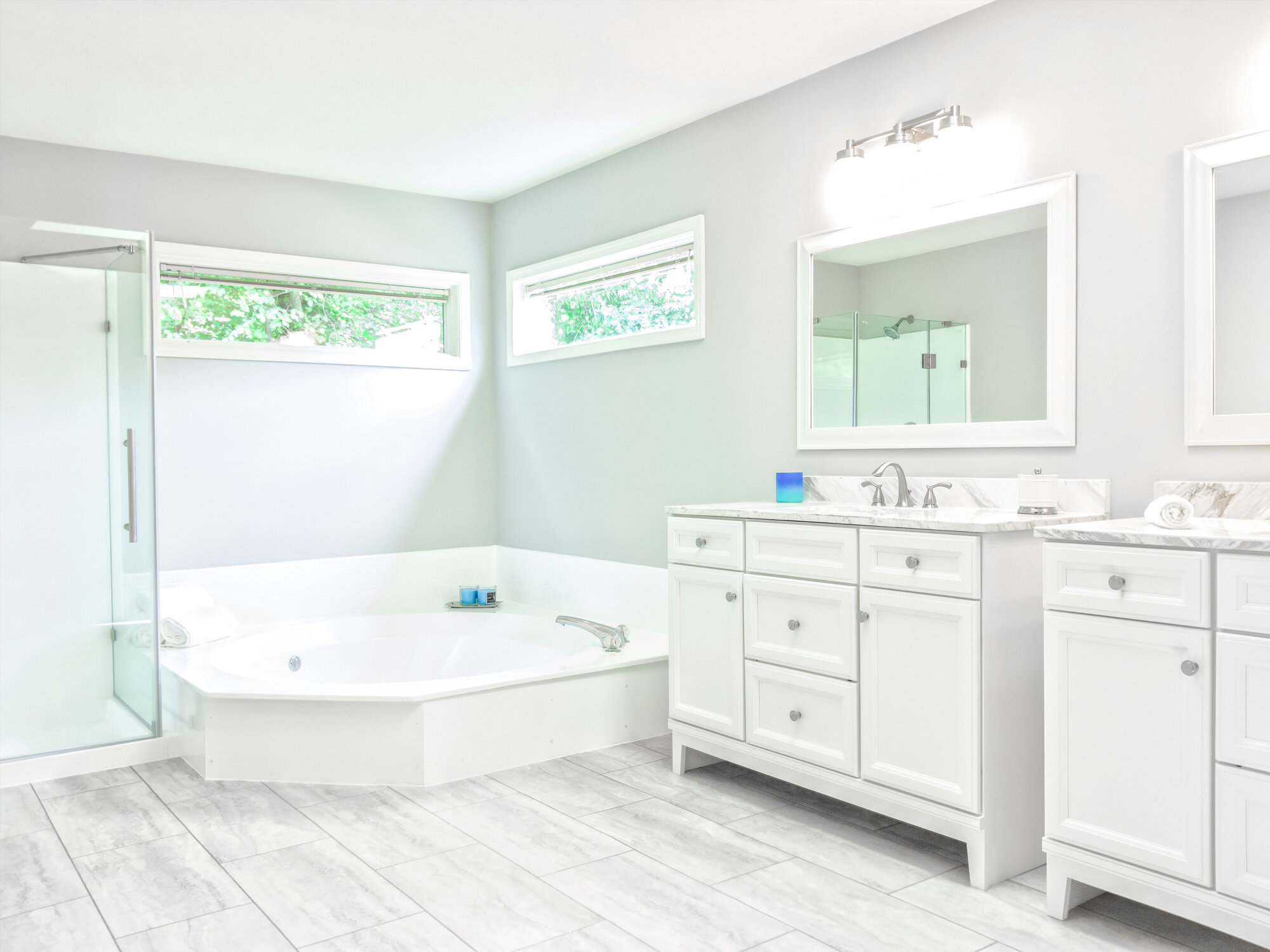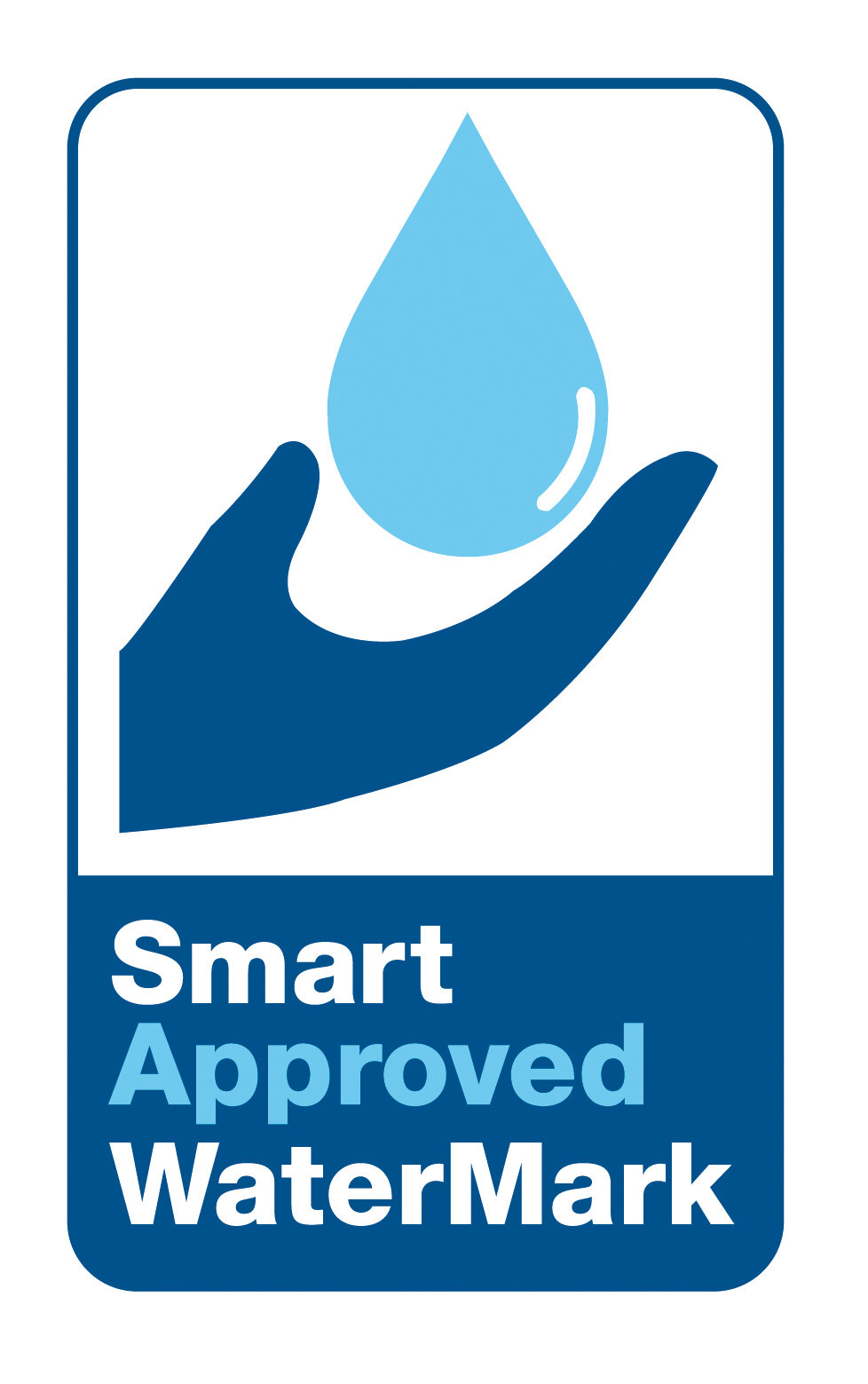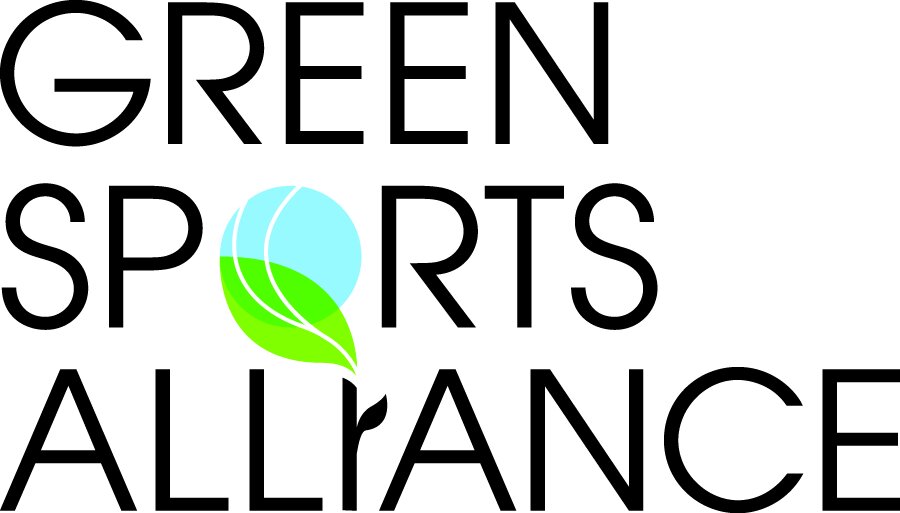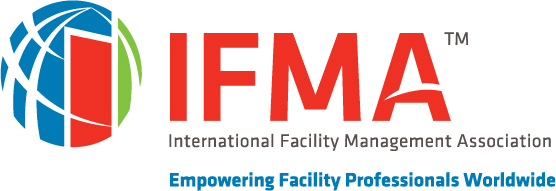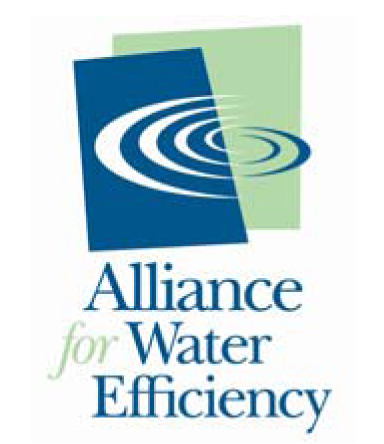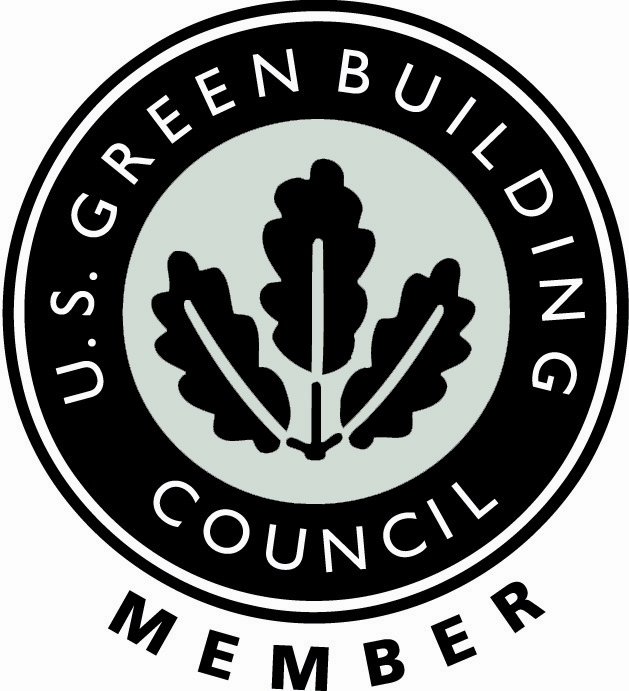Droughts happen all over the world. And what is happening today, mainly due to climate change, is that parts of the world that rarely experienced water shortages are now having them.
Because of this, and because droughts may be a new experience for some people worldwide, the following questions and answers should resolve many of the questions you may have about droughts.
What is a drought?
Interestingly, there is not a precise definition. Two different areas of the world may be enduring similarly dry conditions. But because one usually does not get much water, their dry conditions will be viewed as normal, whereas the same conditions in another part of the world would be called a drought.
A workable definition of drought is the following:
A prolonged shortage in the water supply, caused by lack of rainfall or due to underground water supplies running dry. A “prolonged shortage” typically means a period of at least three or four months. Droughts can and often do last for years.
Where do droughts most often occur in the world?
Certain areas of the world do have droughts more frequently than others, mainly due to lack of rainfall.
These are Ethiopia, Sudan, Afghanistan, parts of China, and Pakistan. By the way, those areas of the world that receive the most rainfall are parts of Australia, China, Colombia, Africa, and a large portion of Hawaii.
Where are the world’s droughts right now? (Q1 2020)
Our neighbor to the north, Canada, is experiencing some drought conditions in different pockets around the country. Currently, there are very few drought areas in the U.S., but check back in a couple of months. That is likely to change. The part of the world that is now experiencing the most significant number of drought conditions is central Africa.
Is there one country in the world experiencing unusually severe drought conditions? (Q1 2021)
Invariably, there are one or more areas of the world in more dire straits than others. Currently, the southern part of Madagascar is not only suffering severe drought but also what is called “drought-driven hunger.” Madagascar is an island country in the Indian ocean. After three years of drought conditions, food production and agriculture have come to a standstill, leaving about 1.5 million people with little food.
What are the stages of drought?
Typically, if an area of the world is experiencing arid conditions, a drought “warning” or “watch” is called. If conditions worsen, the next stage is called a drought “emergency.” A drought “disaster” or “critical” drought conditions may be called from here. It is at these last stages that mandatory water rationing programs are usually implemented.
What are the main problems caused by drought?
Initially, when a drought begins, it is viewed as an inconvenience. People are asked not to irrigate vegetation as often. Food-service outlets may only provide water if requested, and we may be asked to take shorter showers.
From here, things can deteriorate very quickly. Some of the more severe problems caused by drought include the following:
• Crop failure or significant yield reductions.
• Unemployment because so many jobs are tied to agriculture and food distribution.
• Landscape degradation.
• Waterways go dry, resulting in the death of marine life.
• Lack of water for hydroelectric plants; the result is utilities must purchase costly oil and gas, leading to rising utility costs and adding to greenhouse gasses.
• Wildfires.
• Insect infestation.
• Loss of livestock and free-running animals.
• Hunger, especially in poorer countries.
• Increased poverty, again in poorer countries, and increased tensions between rich and developing countries.
• Social unrest.
Droughts are going to happen; we know that. So, the only option we have is to use water much more responsibly and efficiently. Fortunately, we have many more options available to us to accomplish this. But view this as a journey. We must always be seeking new ways to reduce water consumption.


















